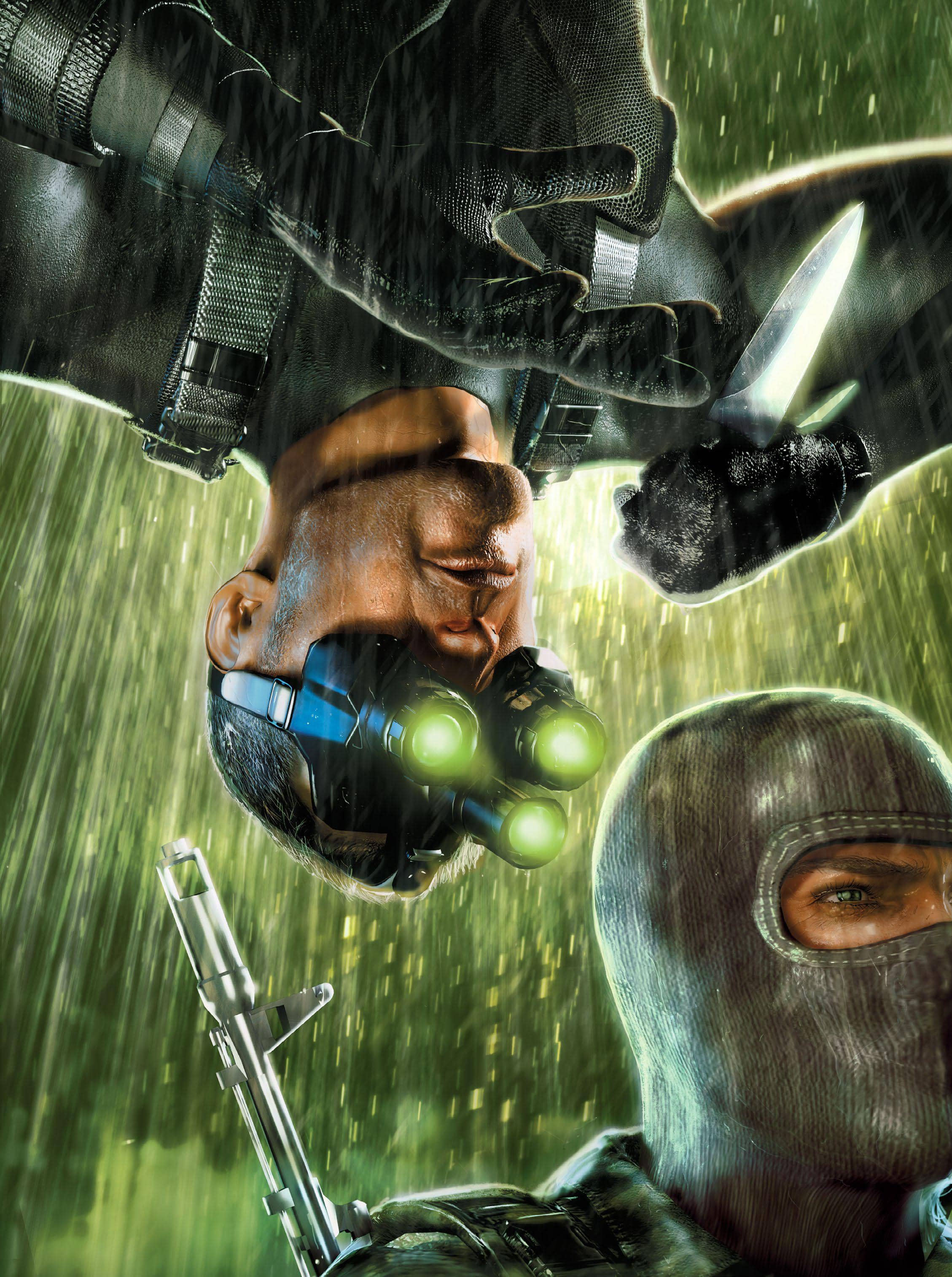
In a nocturnal world of oily shadows, where darkness cuts into damp surfaces illuminated by solitary swinging lightbulbs, the green-goggled man is king. By the time the third entry in the Splinter Cell series, Chaos Theory, was released in 2005, we were already well acquainted with Sam Fisher’s skill set; with just a year between this and his previous outing, we thought we knew what to expect, and expectations were high.
But in that short time between the two games, the industry straddled a technological revolution like Sam Fisher straddles a narrow corridor with his split-jump; unthinkable things became possible through untapped tech like normal mapping and HDR lighting, playing right into—while also shaping—Ubisoft’s vision for Chaos Theory. This wouldn’t just be the third iteration of an already excellent series, but one of the greatest stealth games of all time.
After Pandora Tomorrow was made by Ubisoft Shanghai, development on the third game returned to where it all began— Ubisoft Montreal. The focus at this time was on making games work on the original Xbox, and the presence of former Nvidia chip designer Danny Lepage as a programmer on the game meant the team had insider knowledge on how to maximize the console’s graphical horsepower (and in turn not restrict the PC version).
This story is from the June 2022 edition of PC Gamer US Edition.
Start your 7-day Magzter GOLD free trial to access thousands of curated premium stories, and 9,000+ magazines and newspapers.
Already a subscriber ? Sign In
This story is from the June 2022 edition of PC Gamer US Edition.
Start your 7-day Magzter GOLD free trial to access thousands of curated premium stories, and 9,000+ magazines and newspapers.
Already a subscriber? Sign In

YELLOW CARD
Flawed deckbuilder DUNGEONS AND DEGENERATE GAMBLERS rarely plays a winning hand

GODS AND MONSTERS
AGE OF MYTHOLOGY: RETOLD modernizes a classic RTS with care

SPACED OUT
After a strong first impression, WARHAMMER 40K: SPACE MARINE 2 runs out of steam

SLIDES RULE
Redeeming a hated puzzle mechanic with SLIDER

DINER HARD
Rewriting the rules of horror in ALAN WAKE

"Kay Vess, galactic tomb raider"
Feeling like Lara Croft in STAR WARS OUTLAWS

LETHAL COMPANY
A return to some explosive post-launch patches.

MARVEL: ULTIMATE ALLIANCE
Enter the multiverse of modness.

TRACK GPT
Al's teaching sim racers to improve-what about other games?

FINDING IMMORTALITY
Twenty-five years on, PLANESCAPE: TORMENT is still one of the most talked-about RPGs of all time. This is the story of how it was created as a 'stay-busy' project by a small team at Black Isle Studios